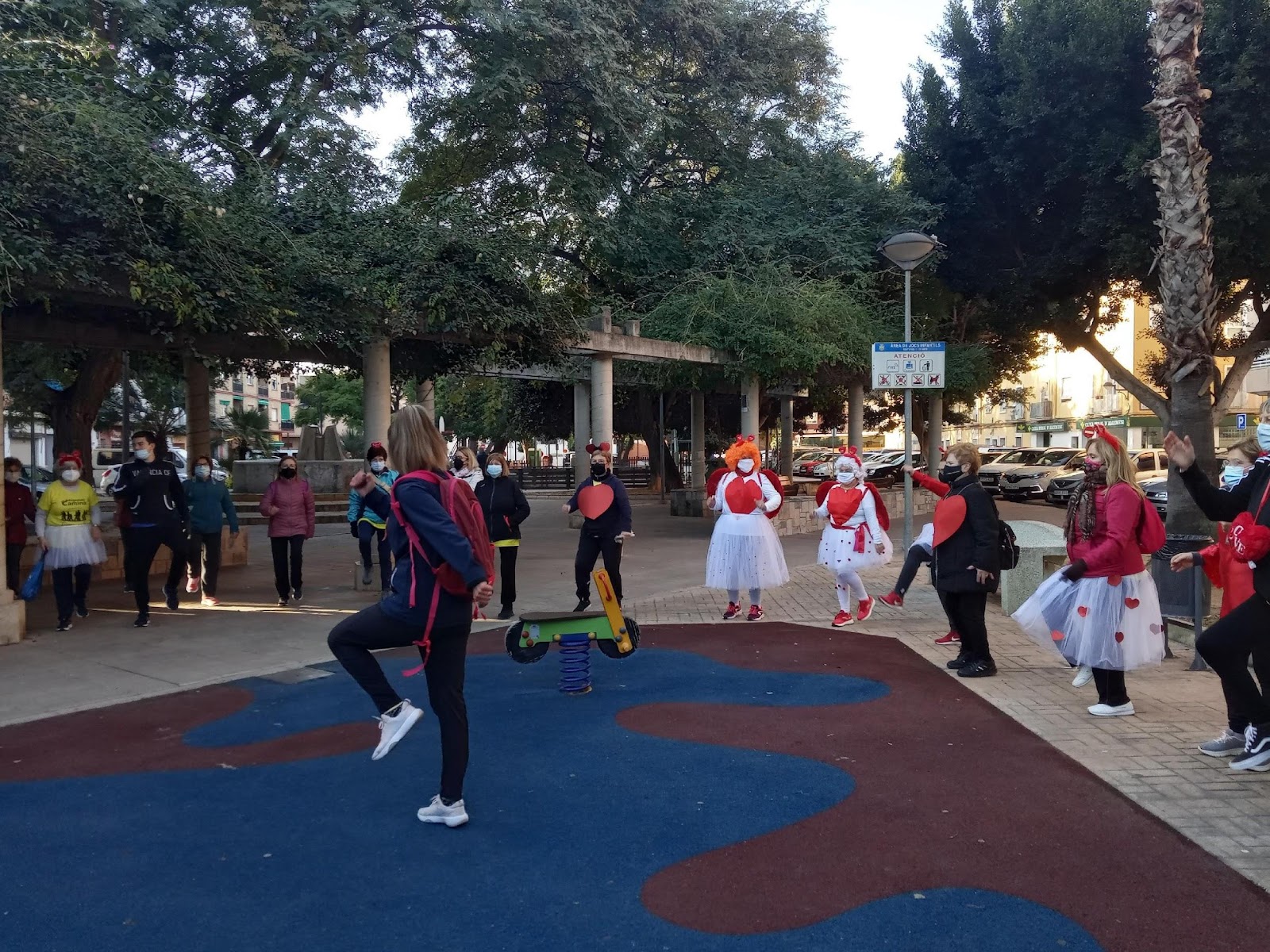Written by Consorci de la Ribera
Retirement is an exciting new chapter in life. You might not feel as mentally agile or as physically fit as when you were actively working. Luckily, there are a great deal of ways to boost your energy levels after you retire.
Plenty of new opportunities are ahead of you. In this article you will find some advice that can help you lead a joyful and dynamic life after retirement. Also, you will discover a good suggestion on how to do it.
First of all, start over with a clean slate. Later on, think over all the activities you wanted to do while you were working and you never could. Then, bear in mind your current health condition, financial situation and family relations. Finally, with all this, make a checklist with all priorities from most to least important.
We recommend that you include activities that promote your physical and mental wellbeing such as regular exercise, join a club, travel the world, do volunteer work, learn a musical instrument or a new language.
In this article we are going to focus on exercise and relationships. On the one hand, exercising, apart from keeping you fit, allows you to live independently as you age. You should do simple activities, such as walking, swimming, dancing, hiking, yoga, pilates, tai chi and cycling. The World Health Organization recommends taking 10,000 steps a day. You can get a pedometer and count your steps.
On the other hand, relationships can help you keep good mental health. The easiest way to be involved in social activities is by joining a club or group with similar interests. If you join a hiking club, for example, not only will you be fit, but you will also be social. Retirement is also a good opportunity to strengthen your family bonds.
Algemesi Camina
The Health Department of la Ribera together with the city council of Algemesí (Valencia-Spain) have been promoting the program Algemesi Camina for five years. In this project, people from sixty to eighty-five years old, get together and walk twice a week accompanied by a team of physiotherapists. Professionals do warm-up and stretch exercises before and after the walk. There are four groups, mornings and afternoons and around thirty seniors join each group which totals around 120 participants. Age difference and health conditions are not obstacles for joining the group because there are different levels of intensity for each of the groups. Thus, the participants start and finish all together but in-between they follow two different routes to adapt to the diversity of age and pace. Once a month they go walking to a recreational area where they have a picnic. Moreover, they promote activities related to local traditions and festivities. When being asked they all speak about fellowship, how they have a very pleasant time with one another and how beneficial the activity is. It goes without saying that they all want the continuity of this project. Esther T., physiotherapist, reinforces the role of the psychological and physical effects on the participants as well as the work of professionals, who adjust the physical activities to the needs of the participants and monitor their performance.

